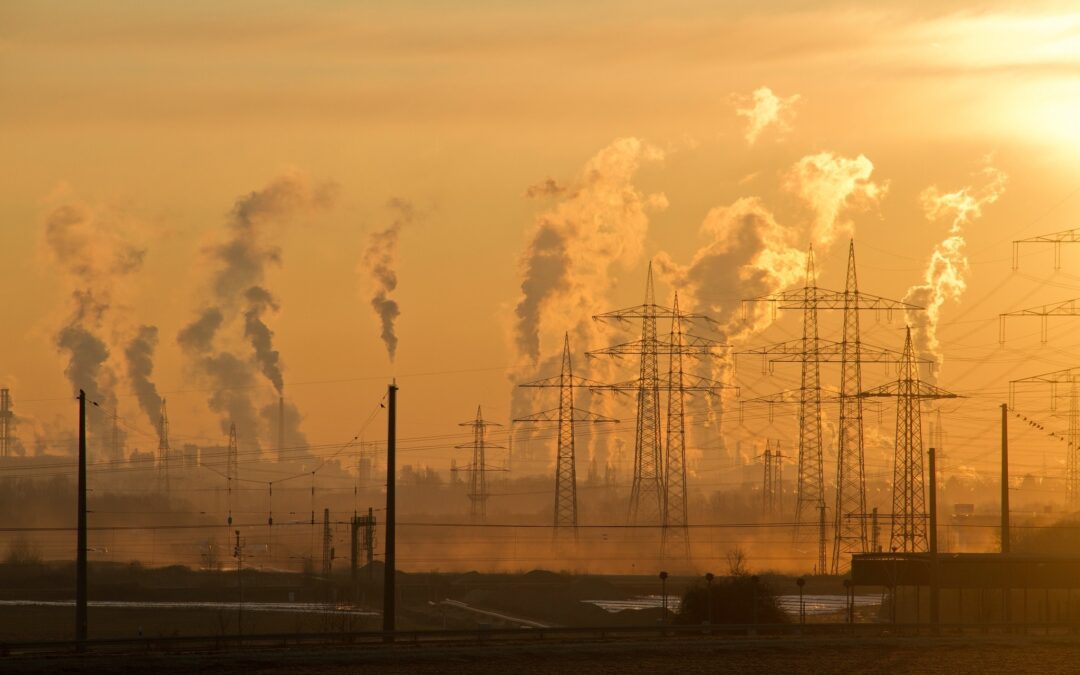Nations around the globe are aiming to limit global warming to 1.5°C above pre-industrial levels to prevent more severe climate change impacts. This threshold is indicated in the Paris Agreement adopted by 196 Parties at the UN Climate Change Conference (COP21) in 2015. The signed entities must reduce their greenhouse gas emissions to keep this global target within reach.
Since the enforcement of the agreement in 2016, most of the attention has been focused on minimizing carbon dioxide (CO2) released from burning fossil fuels. However, cutting methane emissions is also crucial for this endeavor as this chemical compound has a more significant near-term warming effect compared to CO2.
As such, the US Securities and Exchange Commission (SEC) released a climate disclosure rule proposal that mandates publicly traded companies to disclose their greenhouse gas emissions, including methane, to shareholders and the public.
This motion aims to give investors a better understanding of the risks and opportunities associated with climate change. It represents a major step in the fight against climate change and a significant push toward a more sustainable future.
However, more action needs to be done — one of which is reducing waste. This article will further explore the effects of methane emissions, its connection with global waste, and how executing a zero-waste plan can help reduce the risks brought by rising methane levels in the atmosphere.
Effects of Methane Emissions
Methane is responsible for about 30% of the increase in global temperature since the beginning of the industrial revolution. As mentioned, methane has a global warming potential that is more significant compared to CO2 emissions. That means even small amounts of this gaseous compound can have a major effect on the environment.
These effects are numerous, with the most glaring one being its contribution to the warming of the atmosphere. This impact then leads to other environmental issues such as the rise in sea levels, changes in weather patterns, and more frequent and intense natural disasters such as hurricanes, droughts, and floods.
Methane emissions also impact human health. For instance, leaks from natural gas infrastructure can release harmful pollutants such as benzene and formaldehyde, which can cause cancer and other health problems.
Emissions of this chemical compound from waste management can also lead to the release of harmful pathogens and other pollutants, which can cause respiratory problems and other health issues.
Animal health is also at risk with the continuing rise of methane in the air. Livestock production is a major source of methane emissions, and high levels of methane in animal waste can lead to health problems in livestock such as respiratory issues and reduced milk and meat production.
Global Waste and Methane Emissions
As mentioned, livestock is among the main sources of methane emissions. Other origins include biomass burning, biofuels, agriculture, and global waste. Trash and garbage from landfills account for about 11% of methane emissions as the methane byproduct from decomposing organic waste such as food scraps, paper, and yard waste is released into the atmosphere.
Other waste management practices such as wastewater treatment and manure management also contribute to methane emissions. Wastewater treatment plants use anaerobic digestion to treat sewage, which also produces methane as a byproduct, while manure management in livestock production releases methane as animal waste decomposes.
Addressing global waste is therefore an important step toward reducing methane emissions and mitigating its effects on the climate. This goal can be achieved by implementing a combination of policy measures and technological solutions.
Policy measures such as establishing landfill gas capture systems, improving waste segregation and recycling programs, investing in renewable energy technologies, and supporting methane watch initiatives can help reduce methane emissions from waste management.
Meanwhile, technological solutions such as anaerobic digestion, composting, and waste-to-energy conversion can be used to reduce methane emissions and generate clean energy from waste.
Zero-waste Plan to Lower Methane Emissions
Perhaps the most ambitious yet effective initiative to reduce waste generation and divert as much waste as possible from landfills and incinerators to minimize methane emissions is by implementing a zero-waste plan.
By reducing waste at the source and diverting organic waste to composting facilities or anaerobic digestion, the amount of organic waste that ends up in landfills will be lower — an effect that will also translate to the level of methane emissions released into the atmosphere.
A zero-waste plan can also promote a circular economy. It does so by encouraging the reuse, repair, and recycling of materials. Such an initiative reduces the reliance on raw materials and promotes a more sustainable approach to resource management.
Volunteering and donating are significant ways the average person can support such a progressive plan.
Conclusion
The rising level of methane emission is a crucial factor of climate change that concerned stakeholders need to consider and immediately address in their bid to mitigate global warming.
Its significant impact on the environment, animal health, and human well-being should sound the alarm and push government bodies to enact strict policies and adopt technological solutions that will effectively tackle this issue.
Initiatives such as zero-waste plans — strengthened by vigorous volunteerism and generous donations — can also help in addressing the methane problem as it reduces waste generation and encourages better waste management.
This article is written by Kat Sarmiento from Katreena’s Content Studio
You can reach out to her via email at katsarmiento.contentstudio@gmail.com


Recent Comments